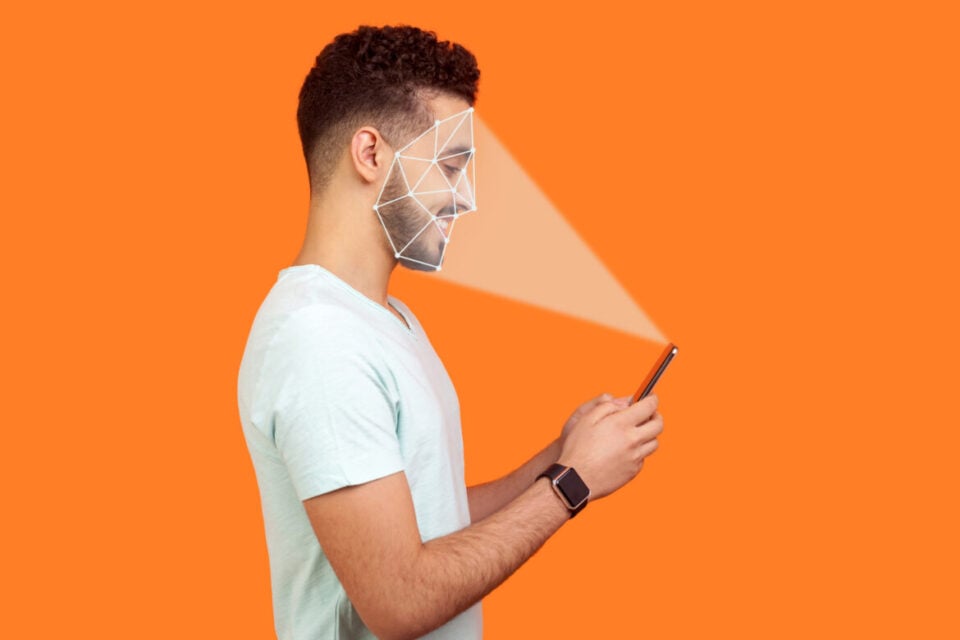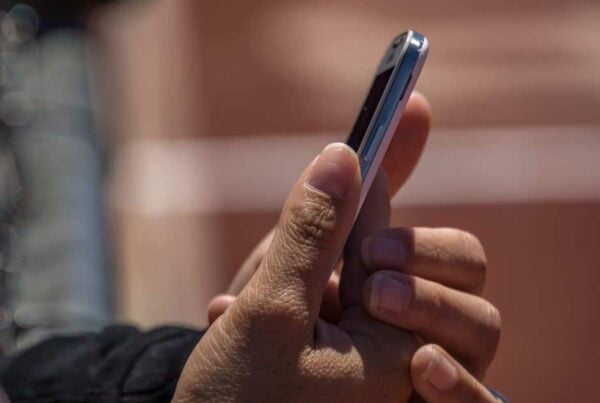The face check selfie is fast emerging as the age verification option of choice. Why is this, asks Tim Green, director of MEF’s ID and Data programme.
You know what they say about aging: it’s better than the alternative.
But still we fight it. We might get a hair transplant, wear skinny jeans and listen to Sabrina Carpenter, but our faces will always give us away.
And this immutable biological reality is what’s driving the drive towards age verification all over the world right now.

A tipping point has been reached. After years of hand-wringing about kids accessing inappropriate stuff online, legislators are finally acting. A sizeable number of countries have now either passed online safety laws or are preparing to. This useful map from our friends at the Age Verification Providers Association shows exactly where.
The technology never knows or learns the name or identity of a person. It is not facial recognition. After the check, the image is deleted. Also, facial age estimation is user friendly. It’s just a selfie, which takes about a second. According to the AVPA the best solutions are 98 percent accurate at determining whether someone is over/under a threshold like 18.“
Few would dispute the need for kids to be protected from upsetting material online. The challenge, of course, is how to do this without breaching privacy. Asking people to upload personal documents to (legal) adult services web sites is a no-no for many obvious reasons.
Which brings us back to our old wrinkled mugs.
What if we could scan our faces to check for sagging skin and worry lines? That way we could verify someone’s age with anonymity. And kids would get blocked by presenting faces not yet ravaged by rejection, hopelessness and despair.
Well, the tech does exist. Facial age estimation tech is fast emerging as one of the most promising ways to solve the riddle of AV with privacy. It’s mostly down to advances in machine learning and pattern recognition. Face check systems analyse millions of faces, and then decide ‘this pattern is what 16 year olds usually look like’.
The technology never knows or learns the name or identity of a person. It is not facial recognition. After the check, the image is deleted. Also, facial age estimation is user friendly. It’s just a selfie, which takes about a second. According to the AVPA the best solutions are 98 percent accurate at determining whether someone is over/under a threshold like 18.
The technique is certainly picking up steam right now. Instagram introduced it last year, and found 81 percent of users selected the option over uploading an ID.
Having said all this, facial age estimation tech is far from perfect. It can’t accurately tell a 13 year old from a 14 year old. And for all those claims of anonymity it relies on users trusting that the service will delete the selfie. If they don’t believe this, they won’t use it.
So what else is out there? Well, a few days ago Google gave us some insight.
Responding to the roll out of online safety laws in states across the US, it launched various behavioural age check AI tools for users of its products. They analyse browsing history, search queries, and app usage patterns for indicators of age.
YouTube director James Beser says the tech looks at the “types of videos [users] have watched, categories of the videos, and how long the person has had their account – regardless of the birthday associated with it.” When the algorithm suspects you’re under 18, it switches off personalised advertising and certain content categories.
It’s easy to see where this might go wrong. An adult searching kids content for/with a child might find they are categorised under 18. They will then be denied access to their favourite ‘crowd violence at football matches’ compilations.
Still, the momentum behind AI-driven age checks seems to be unstoppable now. We are entering a new phase, one in which AI-based machines will see past your anti-ageing cream, fake tan and nasal hair trimming and simply state: old.
Find out more about the themes discussed – Join the MEF ID & Data Interest Group.





